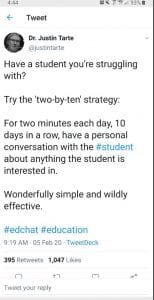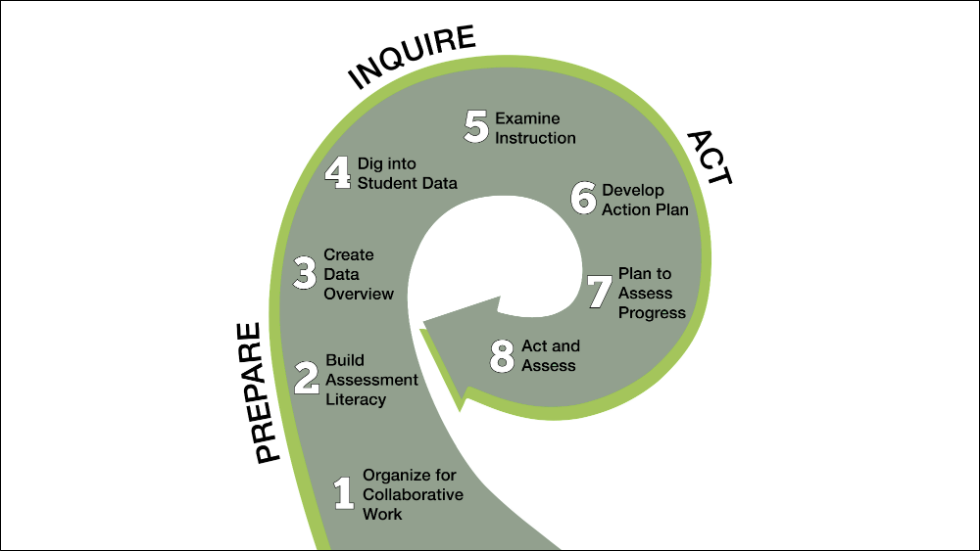PBIS

Coming soon to Arno…
Feb 17
No school- winter break
Feb 18
No school- winter break
Feb 19
SIP 7:45
Founders Banquet 6:00
Feb 20
Staff meeting 7:50
SIP all day meeting
Feb 21
District Proficiency reports go home
Feb 24
No events
Feb 25
Instruct committee 7:50
Steve @NWEA Waterford
Feb 26
MTSS Committee 7:50
Feb 27
March is Reading Month Assembly 9:30
Safety Committee 9:30
Feb 28
PBIS Reward
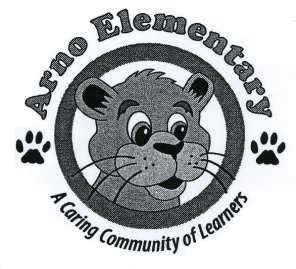
ARNO VISION
ARNO ELEMENTARY WILL PROVIDE A SYSTEM OF SUPPORT TO EMPOWER
AND INSPIRE STUDENTS TO BECOME COLLABORATIVE LEARNERS
THAT STRIVE FOR ACADEMIC EXCELLENCE
#JustTryIt

bit.ly/APnonHmill
We need your help!
Our Priority – To ensure that the students of Allen Park Public Schools receive the maximum funding authorized!
Things to Consider
-
This will not increase property taxes for primary residents.
-
The loss in funding will only grow as taxable values increase on all non-homestead properties.
-
We are just asking for business taxes to return to where they were in the past.
-
Our schools have lost $189,000 due to the Headlee Rollback over the last two years.
Important Voting Information
-
February 24: Last day for online/mail voter registration
-
February 25 – March 10: In-person voter registration
-
For your polling location, visit https://mvic.sos.state.mi.us/
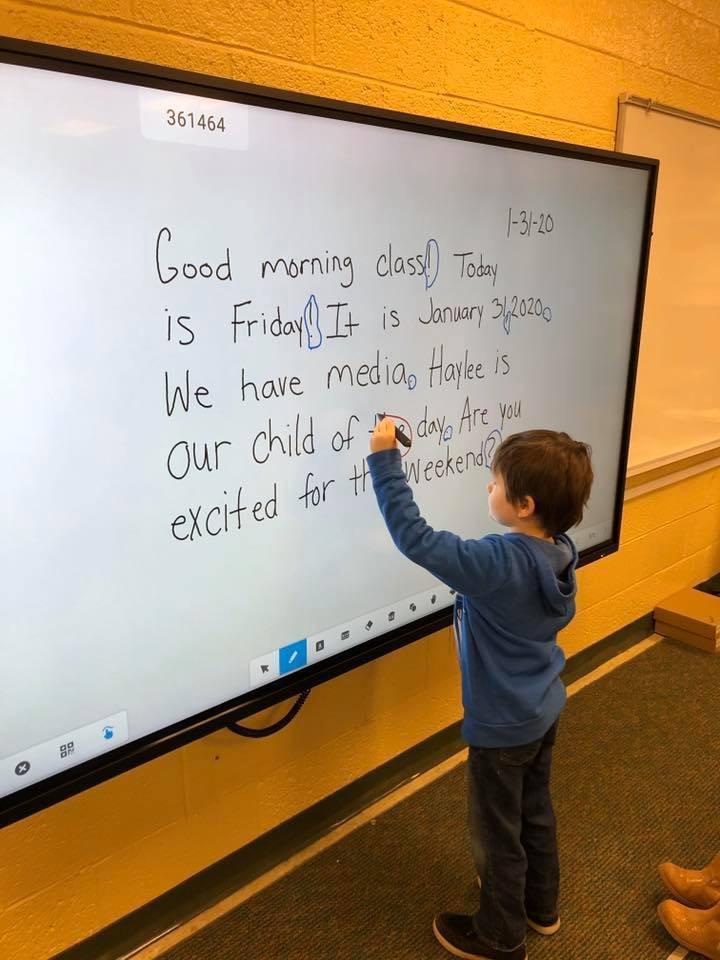

Clevertouch Training Information!
- There are 4 evening sessions offered for part 1 from 4-8 p.m. on different days in March and April and 4 evening sessions offered for part 2 from 4-8 p.m. on different days in April and May.
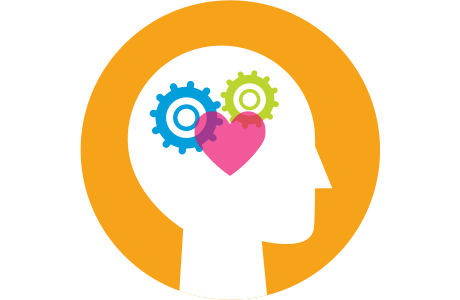
IMPORTANT INFORMATION
What do you do for self-care- do you reflect on what can help keep you charged everyday?
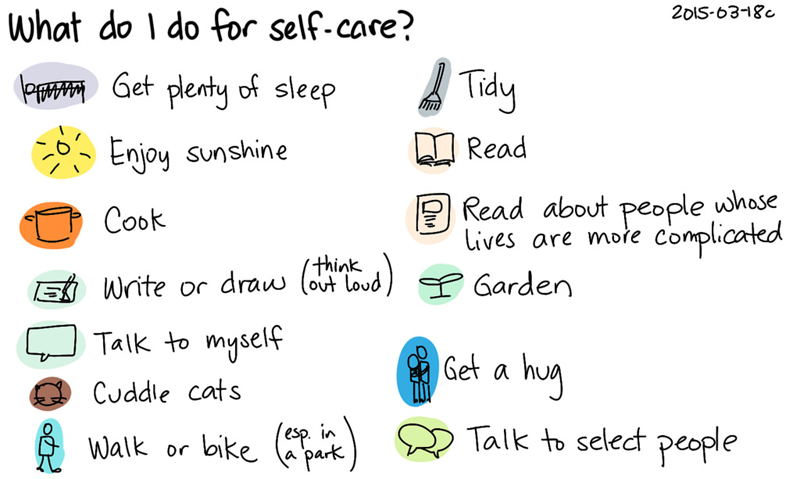
New Blog Alert
Welcome to the new APPS ELL Website and blog!
A new blog for teachers and families as a resource for our English Language Learners.
https://apschoolsell.
NWEA
There have been a few questions/comments from parents on the importance of the NWEA test as it relates to the importance of that score vs “My child already has an “A” on their report card”. The instructional committee will be putting together a one-pager on the NWEA. why it is important, and what does it do for the student when they take it.
Data
Thank you all for a great data dive! Our conversations were productive and we have a firm pulse on the building, and where we can build more into interventions that will help kids.
DATA QUESTION TO REFLECT ON THIS WEEK:
What is a sample of an ideal/proficient response? Do we know what we consider proficient? Do we agree on what proficiency looks like?

Thank you
On behalf of the of school improvement team, thank you for taking the staff survey. We will have the survey results to you soon and will be using the information from the staff in our planning.
FUNDRAISER TIMELINE
February 3 – February 21 Fundraiser Sale
February 21 All money and orders due (online payment option available)
Game Truck Prize for qualifying sales: March 11
**Turnover time is about 2-3 weeks, we will contact everyone when the items will be in (before Easter)
CLASSROOM LIBRARY
How to Audit Your Classroom Library for Diversity
A bingo card can tell teachers a lot about the people and genres that are represented in their class library—and the ones that are missing.

We know that representation matters, that in order for our classrooms to be spaces where everyone is affirmed and included, young people must see themselves and their lived experiences in our curricula. Do our classroom libraries reflect this knowledge? Bookshelves offer a powerful litmus test of the experiences and identities we honor and include in our classrooms.
BOOKS AS WINDOWS AND MIRRORS
What happens to students’ self-efficacy and self-concept when they see their lives positively reflected in the curriculum? Even very young children recognize the importance and delight in finding themselves in a book:
- “She’s from Pakistan, just like me.”
- “He has dark skin like mine.”
- “I’m adopted, too.”
- “Look, that main character uses a wheelchair like mine.”
How often do students from diverse or marginalized backgrounds find affirming mirror books in our classrooms?
Books become transformative when they shift our perspectives, alter our worldviews, and deepen our relationships with others. Let’s implement practices that make reading from many different experiences, worldviews, and cultures part of the social fabric of our schools.
To build on this idea, I created a simple bingo card that educators complete with book titles. I hoped it would challenge teacher groups to think more critically about representation and diversity in their classroom libraries and foster new conversations about reading. It did that and more.
THE BOOKSHELF EQUITY AUDIT
A key objective of this exercise is to foster school conversations about the books we read and teach. I have used this activity in professional development workshops. I think it also has the potential to be used as a faculty or school-wide reading challenge.
Rules of the exercise: Everyone needs their own bingo card (there’s a downloadable pdf below). While you may be tempted to start with the books you teach, resist that and start instead with the books you read. Like friendship, literature is a powerful entry point for exposure to diverse experiences. What and whom we read matters.
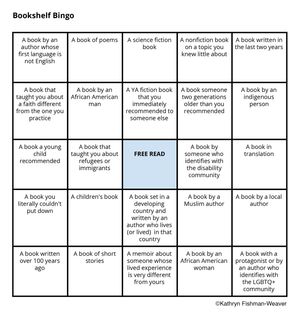
Round 1: Using a black pen, fill out the bingo card with books you have recently read, putting one title in each box. You can start with classic bingo, looking for five in a row, but consider eventually challenging yourself to complete the whole card. Filling it out will likely be more difficult than you expected.
Round 2: Using blue ink, continue filling out the bingo card with books you have recently taught. This means you could have two titles in each box: one for a book you have recently read and another for a book you have recently taught. It’s very rare that someone can fill out the bingo card so completely.
Teachers often have one or two books in their curricula that fit several of the categories on the card, but each title can appear only once.
Round 3: Once we start listing titles, we can see more clearly what we’re missing. Get up and talk to your peers about books. Write down new recommendations for the empty squares on your card in red ink, and make sure to read them.
The bingo exercise reveals some gaps in our reading and teaching, but it also shows us that collectively we have the resources and knowledge to start addressing these gaps. What if a copy of the book that might change your teaching practice is already waiting for you in the classroom down the hall?
TAKEAWAYS
Teachers have frequently told me that this activity taught them to pay attention to the lived experiences of the authors they read and teach. Considering background information and author positionality is a valuable close reading strategy that supports us in our work of showing students that their stories matter.
Many teachers have found that until they took a true audit of what they were reading and teaching, they tended to overestimate the number of books by and about people of color on their shelves.
As expected, the exercise reveals our reading preferences, as well as the fact that many of us don’t read as much as we would like. While it’s OK to have preferences, it’s important to be aware of the gaps in our understanding and to actively try to address them. This requires reading outside of our cultural or genre comfort zone, which is why the third round is essential—it requires us to talk about books, to seek suggestions from our peers, to ask young children and folks two generations older than us for book recommendations. It affirms that reading can be a social journey, and I’ve found these conversations to be incredibly helpful.
The bingo card is a call to pay attention to who we are reading, who we are teaching, who is represented, who is missing, and why.
As we read more broadly and talk about books more intentionally, we’re able to shine light on more experiences. We can begin to increase representation in our classrooms in ways that tell young people that many experiences matter, representation matters, and most importantly, they matter.
Here are four book lists to start expanding representation on your classroom bookshelf:
In education, feedback gains power when it’s delivered throughout the learning process. Assessments are typically administered at the end of the process to see how well a student has learned compared to a benchmark. Giving feedback in learning may also be referred to as “formative assessment.”
Formative assessment means ongoing monitoring, and commentary, of the student on a continual basis. Instructors use formative assessment to adjust and improve their approach. Summative assessment, by contrast, is a one-time evaluation at the end of a teaching unit. It may also refer to mandated standardized testing.
The formative assessment usually qualifies as feedback during learning. Summative assessment almost always does not. Educators can use info from summative assessments in a formative way, to guide their future efforts. The promise of education technology is to create a formative assessment classroom, providing effective feedback to the student.
How to Improve Feedback with Educational Technology
Providing appropriate, frequent, actionable feedback is no small challenge for educators. Studies suggest it’s not happening enough. In fact, a review of literature on feedback for learning in higher education revealed that current feedback practices aren’t working.
Fortunately, the review also highlighted a growing number of studies that demonstrate technology’s ability to boost student engagement with feedback. This suggests that changing the process by which feedback is made available to students can increase their attention, engagement, and follow-through.

Many instructors seek creative ways to use technology to enrich their communication with students. This trend is escalating as evidence for the positive impact of tech on feedback for learning grows. It will continue to increase as younger, tech-savvy educators enter the classroom. Seasoned educators will push this trend forward as they receive professional development, gain tech experience and become more comfortable with today’s teaching tools.
Tech Tools & Techniques for Feedback Learning
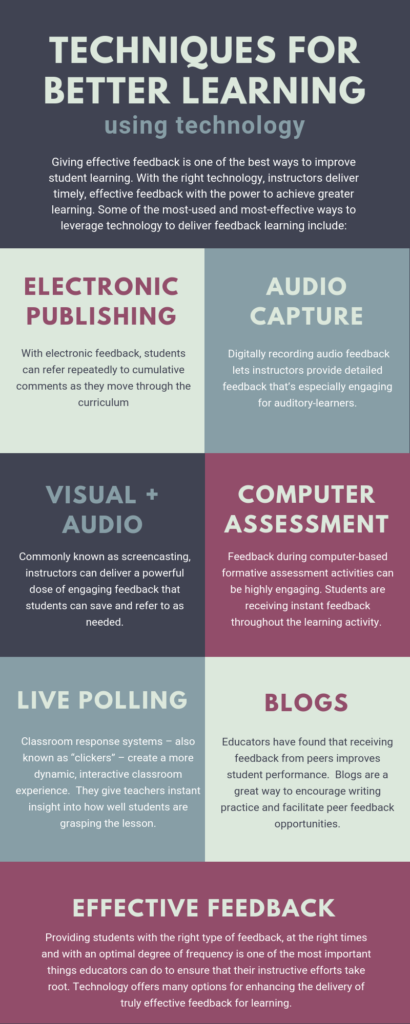
Some of the most-used and most-effective ways to leverage technology to deliver feedback learning include:
- Electronic Publishing
- Audio Capture
- Image + Audio
- Computer Assisted Assessment
- Live Polling
- Blogs/Other Peer Activities
Electronic Publishing
Several studies have shown increased learning impact when teachers give feedback electronically. This may be due to the greater flexibility provided. With electronic feedback, students can focus on and digest comments at a time of their choosing, in the absence of their peers.
Typed responses are also often more legible than written comments. They are also often less ambiguous than feedback delivered verbally, face to face. With electronic feedback, students can refer repeatedly to cumulative comments as they move through the curriculum. Student affinity for electronic interaction may also engender greater engagement with this type of feedback.
Audio Feedback
No time to meet one-on-one to discuss student progress? Digitally recording audio feedback lets instructors provide detailed feedback that’s especially engaging for auditory learners. Short on time for typing detailed responses? Verbal feedback can be faster and more thorough.
Digital audio files can expand simple written feedback. With audio, “incorrect sentence structuring” can easily become a detailed explanation of what was wrong and how to correct it. Plus, struggling students can listen to recorded comments as many times as needed to boost their understanding.
Teaching tip: For quick, easy recording, try apps like Evernote, Desire2Learn, and Vocaroo to record and send audio feedback. Your interactive whiteboard may also be able to help – some IWBs include integrated audio-capture along with screen saving abilities.
Visual + Audio
Video screen capture combines visual data and audio narration. Commonly known as screencasting, with this tool, instructors can deliver a powerful dose of engaging feedback that students can save and refer to as needed. Screencasts capture the content on your computer screen while you narrate. They’re great tools for providing feedback, creating tutorials or showcasing student mastery. Creating YouTube videos for feedback and using Skype to conduct interviews further leverage the visual and verbal for greater learning.
Computer-assisted Assessment
Feedback provided during computer-based formative assessment activities can be highly engaging. This is because students are receiving instant feedback throughout the learning activity. This approach has become increasingly popular at all grade levels and within virtual learning environments. Many cloud-based formative feedback tools have been developed up to support these efforts. (See Formative Feedback & Technology below.)
Formative, Socrative, and the other teacher-recommended tools noted below deliver powerful real-time feedback. They are useful both as whole-class tools used on your interactive whiteboard and used on 1:1 devices.
Live Polling
Research has shown that classroom response systems – also known as “clickers” – create a more dynamic, interactive classroom experience. This results in increased attendance, participation, and learning. Clickers are hand-held transmission devices similar to TV remote controls. They enable each student to submit real-time responses during instruction. These responses give teachers instant insight into how well students are grasping the lesson. This then enables teachers to adjust the lesson and to provide relevant feedback.
Blogs & Other Peer Activities
Educators have found that receiving feedback from peers improves student performance. Technology provides an ideal tool for expanding this approach. Blogs are a great way to encourage writing practice and facilitate peer feedback opportunities.
Teaching tip: Try letting students choose their own blog topics to boost enthusiasm. See here for more insight into how to begin the process that improved writing skills and enthusiasm in this instructor’s class.
Feedback and Technology
Classroom technology, including apps and cloud services, are designed to deliver feedback and shorten the feedback loop. The sooner feedback is delivered, the more meaningful it is to students. Formative, a favorite among ViewSonic educator partners, is one such tool. A free cloud-based service, it’s available for download at goformative.com.
Formative lets teachers create assignments, deliver them to students, receive results, and provide individualized feedback for learning in real-time. Formative gives you great flexibility. You can create different types of questions, add text blocks, images, YouTube videos – then students fill in answers and can even draw an answer, which is great for math and science. Teachers can upload pre-existing documents or use the platform to create paperless assignments from scratch.
Easy to set up and use, Formative runs on any internet-connected device. Matt Miller, author of Ditch That Textbook, is a big fan of Formative. He recommends it for its ability to give students meaningful feedback while they’re still in the moment when they’re more likely to engage with the feedback and put it to good use:
THE BEAUTY OF ALL THIS IS THAT YOU CAN SEE STUDENTS WORK IN REAL TIME AND WHEN THEY’RE LOGGED INTO THEIR STUDENT ACCOUNTS YOU CAN TYPE THEM A COMMENT THEY’LL SEE INSTANTLY, IN THE MOMENT WHILE THEY’RE STILL COGNITIVELY WRESTLING WITH THE SUBJECT.
Other popular formative assessment tools include Socrative, Kahoot, and Backchannel Chat Tools. Classrooms without 1:1, BYOD or clickers can accomplish polling for feedback with Plickers and QuickKey.
Feedback: Knowing What They Don’t Know
Teaching a challenging computer science concept, educator Vicki Davis dramatically experienced the teacher-student feedback perception gap. It forever changed her thinking about formative assessment. After reviewing how to count in binary numbers, two students exclaimed, “We’ve got this! Let’s move on.”
Davis queried the classmates, who nodded and agreed that they understood the concept. Although her instincts told her the class was ready to move on, Davis decided to test her gut using the formative assessment tool Socrative, which is similar to Formative discussed above. Davis wrote a problem on her IWB and student answers appeared alongside their names. Only two students provided the correct answers.
Davis was then able to execute on the idea of formative assessment – keeping it ongoing and in the moment. She taught for a bit longer, retested, and continued the process until everyone had mastered the problems. While this may sound time consuming and laborious, it was far from it. In keeping with her practice of sticking with the subject until all students score 90% or higher on the test, Davis was able to complete the binary number instructional unit two days faster than usual.
Plus, not a single student needed to come in for after-school tutoring. Said Davis, “I’m sold,” adding in her blog that “Test scores should never be a surprise. You don’t need to be a mind reader. You just need a formative assessment toolbox, and you need to use it every day.”
Using Interactive Whiteboards for Learning-Focused Feedback
Interactive whiteboards (IWBs) empower instructors to address two of the most critical components of feedback for learning: keeping it timely and consistent. When used with interactive learning apps, students working at the board receive immediate responses that tell them how they’re doing. (The options are virtually endless; think MathPlayground, PBS KIDS apps, DuoLingo, and Tiny Cards.)
Quick action and repetition allow students to keep trying until they get it right. This delivers the consistent, ongoing input critical to turning feedback into learning – exactly what’s needed. As stated by one formative assessment expert:
ADJUSTING OUR PERFORMANCE DEPENDS ON NOT ONLY RECEIVING FEEDBACK BUT ALSO HAVING OPPORTUNITIES TO USE IT…. THUS, THE MORE FEEDBACK I CAN RECEIVE IN REAL TIME, THE BETTER MY ULTIMATE PERFORMANCE WILL BE.
This is how all highly successful computer games work. If you play Angry Birds, Halo, Guitar Hero, or Tetris, you know that the key to substantial improvement is that the feedback is both timely and ongoing. When you fail, you can immediately start over—sometimes even right where you left off—to get another opportunity to receive and learn from the feedback.”
Adding polling devices your IWB lets you gather individual, real-time responses. These responses can then be addressed with individualized or group feedback addressing the various categories of misunderstanding revealed by the polled responses.
The most helpful interactive boards can record on-screen content. This provides another easy way to deliver ongoing feedback for learning. This feature lets instructors save files that include feedback written on the board during a lesson. ViewSonic® ViewBoard’s™ exclusive audio-record function captures on-screen info plus verbal comments made by the instructor and students. With either function, instructors can later send the file to students for review and reference.
ViewSonic exclusive Direct-to-Google-Drive Save makes it even easier to share ViewBoard feedback files in Google-based classrooms. IWBs with the ability to import online learning tools and apps let teachers further customize feedback to meet their classroom needs.
Effective Feedback Counts
Providing students with the right type of feedback, at the right times and with an optimal degree of frequency is one of the most important things educators can do to ensure that their instructive efforts take root. Crafting feedback that is goal-referenced, tangible, actionable and accessible, then delivering it in a timely, consistent manner will maximize its impact on learning outcomes.
Technology offers many options for enhancing the delivery of truly effective feedback for learning. Interactive whiteboards, formative feedback apps, classroom response systems, electronic publishing, and audio capture are among the tools educators can leverage to more fully engage students. Education technology, like the ViewSonic ViewBoard, empowers teachers to help students succeed by enhancing their ability to deliver effective feedback.



